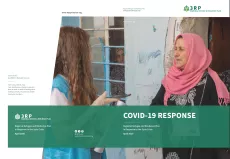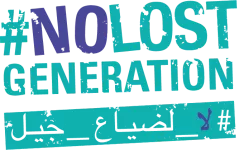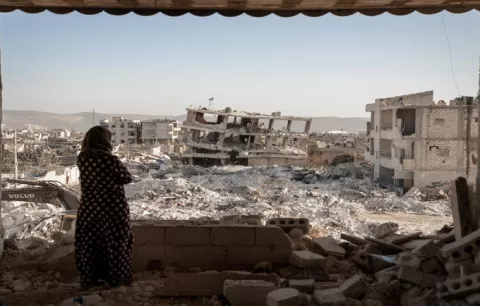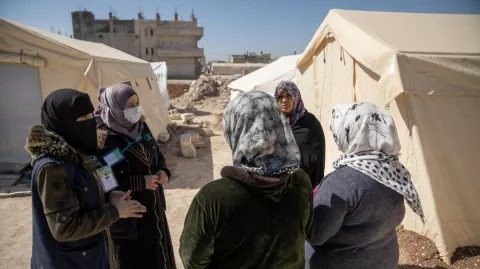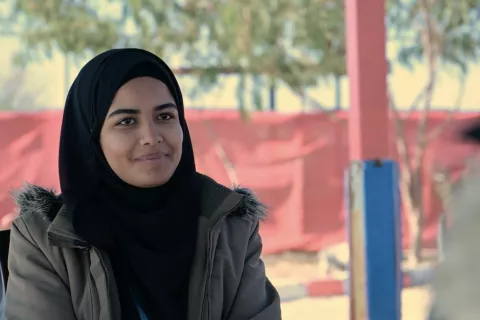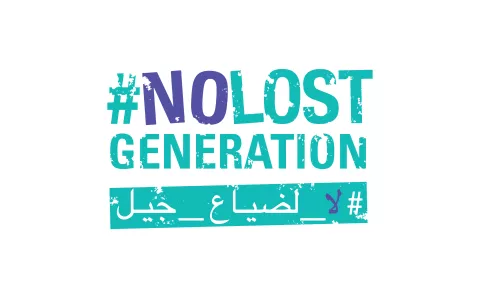3RP COVID-19 response
Regional Refugee & Resilience Plan
Highlights
In the face of a growing pandemic, host governments have adopted necessary public health measures to limit the spread of the virus among the population, including refugees and vulnerable host communities alike. The COVID-19 crisis is exacerbating
vulnerabilities among both refugee and host communities. While poverty and unemployment rates for Syrian refugees were already high prior to the onset of COVID-19, Syrian refugees face even greater challenges in earning a livelihood, covering basic needs such as shelter or food and accessing key services such as healthcare. As the vast majority of refugees live in urban or peri- urban environments, often in densely populated areas or shelters, social distancing and/or limiting outdoor activities are extremely difficult to implement. Against such a backdrop, protection risks, such as sexual and gender-based violence, child labour, and exploitation, are heightened, while the use of negative coping mechanisms may rise.
Likewise, for host communities, business closures and other measures have significantly reduced income and livelihoods opportunities for vulnerable men and women, who now face higher risks of unemployment, underemployment and impoverishment. Many, particularly informal workers, are not covered by social security or other safety nets, which makes it increasingly difficult for them to meet their needs. Women are particularly affected, bearing increased domestic and care burdens and facing increased risks of domestic violence. Access to quality health services beyond the scope of COVID-19 is also becoming a challenge.
Even before the spread of COVID-19, 3RP partners across the five countries were supporting national leadership by promoting continued access by refugees to asylum and international protection; helping to meet the basic needs of refugees and affected host community members; striving to build resilience and self-reliance at all levels; and helping to strengthen the capacity of national and local institutions. Indeed, most ongoing activities in existing 3RP country plans directly or indirectly support national efforts to curb the spread and lessen the impact of COVID-19. 3RP partners have also played a critical role in national preparedness activities even before the outbreak of the virus. These activities remain a vital pillar of 3RP support, and partners are leveraging the use of innovative tools and approaches to reach those in need in ways that respect physical and social distancing.
The 3RP is also seeking to immediately help countries and communities curb the risk and lessen the immediate social and
economic impact on refugees and host communities alike. Against the backdrop of the existing plans, 3RP countries have developed specific COVID-19 response plans. These plans comprise (1) activities to address the immediate impacts of
COVID-19 that have been (re)prioritized, reprogrammed or reallocated fromoriginal 3RP plans/requirements; and (2) activities not foreseen or planned for in existing 3RPs either in terms of type or scale of activity and for which additional financial resources are needed. The total requirements needed to implement the COVID-19 plans are the sum of these activities – some US$ 774 million in total, comprised of US$ 130 million from existing budgets and requirements, and some US$ 644 million in additional funding on top of existing 3RP plans.
